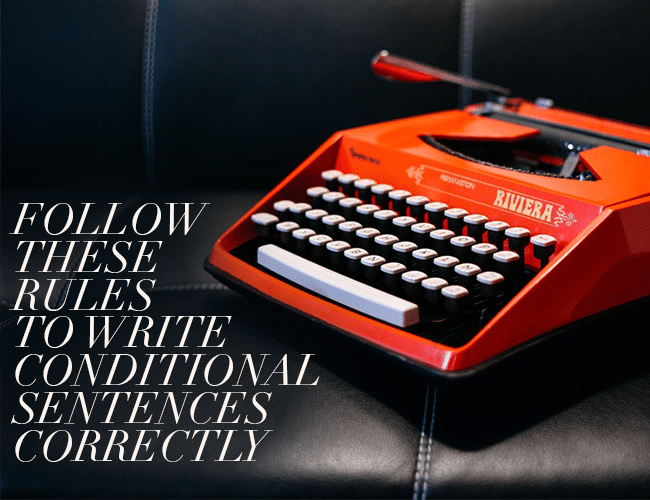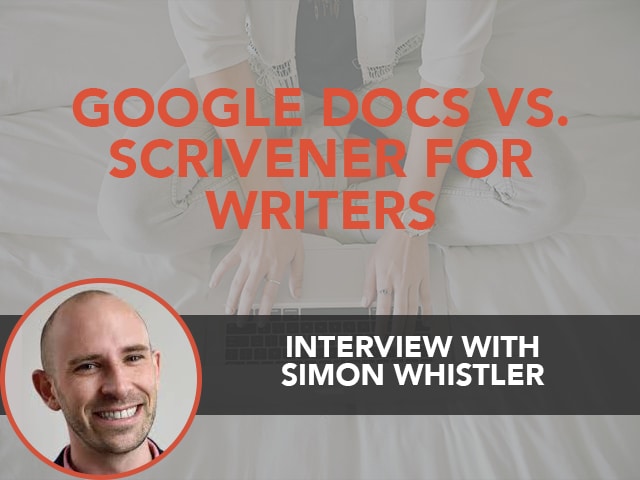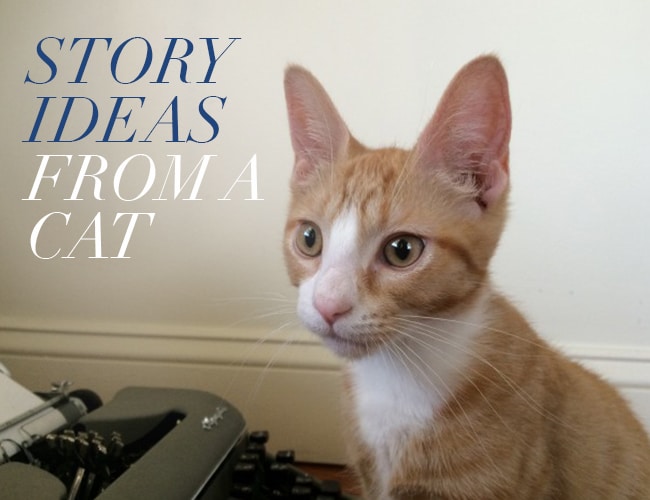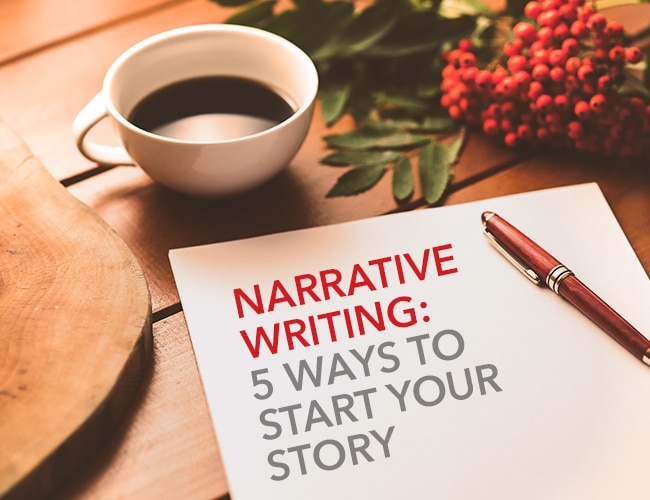Of all the nuances of grammar in the English language, this is my greatest pet peeve. No, it’s not “its vs. it’s.” It’s not “there, their, and they’re.” It’s not even the Oxford comma.
Let’s talk conditional sentences.
At The Write Practice, we publish a new article each day designed to help writers tackle one part of their writing journey, from generating ideas to grammar to writing and publishing your first book. Each article has a short practice exercise at the end to help you immediately put your learning to use.
Check out the latest articles below or find ones that match your interest in the sidebar.
And make sure to subscribe to get a weekly digest of our latest posts, along with our free guide, 10 Steps to Become a Writer.

Of all the nuances of grammar in the English language, this is my greatest pet peeve. No, it’s not “its vs. it’s.” It’s not “there, their, and they’re.” It’s not even the Oxford comma.
Let’s talk conditional sentences.

Your story is going to be great. Your book? It’s going to be great. It’s going to get written. Don’t worry.
Breathe your story in. Breathe your story out.

Simon Whistler embodies the spirit of the do-it-yourself writer. In this Scrivener Superpowers interview, Simon and I talk about his editing process and how he came to book writing.

Twitter is a social media outlet that allows its users to send and read short messages up to 140 characters long. It’s perfect for the world we live in. Quick, easy, and simple for our constant moving lives.

This is a guest post from Harper Hodges. She writes at thecatwhowrites.com. Harper took over the cat who write’s blog when Pooh Hodges, a regular columnist for The Write Practice, died. Pamela Hodges, the regular writer today, is not a cat —so she asked Harper to help her write today’s post.

Let’s be honest. Plot development is not always fun. Sometimes it’s really hard.
Sometimes, your story gets stuck in a rut, backed into a corner, or just gets flat and boring.
But I’ve found that a single question is enough to get my creativity going again. This one question got my story back on track every single time.

I’ve read dozens of books and hundreds of blogs on writing advice over the years, and if I could distill just one piece of wisdom from all that effort studying, it’s that every writer has a unique process for putting words on the page. However, we all have room for growth, so, today, we’ll hear about how scrivener can help us improve our writing process.

We all know there is a difference between I and me. Simply put, “I” is a subject, “me” is an object. Generally speaking, there aren’t any issues when you’re only referring to yourself.
The confusion starts when your first person character is joined by third person companions.

I’m taking a really interesting class with a woman named Maxine Clair about how to be present in your life and writing about it.
This week we learned about narrative writing and how to start your story. We were taught five ways to begin a narrative story that I thought would be useful to the Write Practice community.
Use these ten short story ideas to write your first ten stories, one per week, over the next ten weeks. I promise you, you’re life will look totally different if you do it.